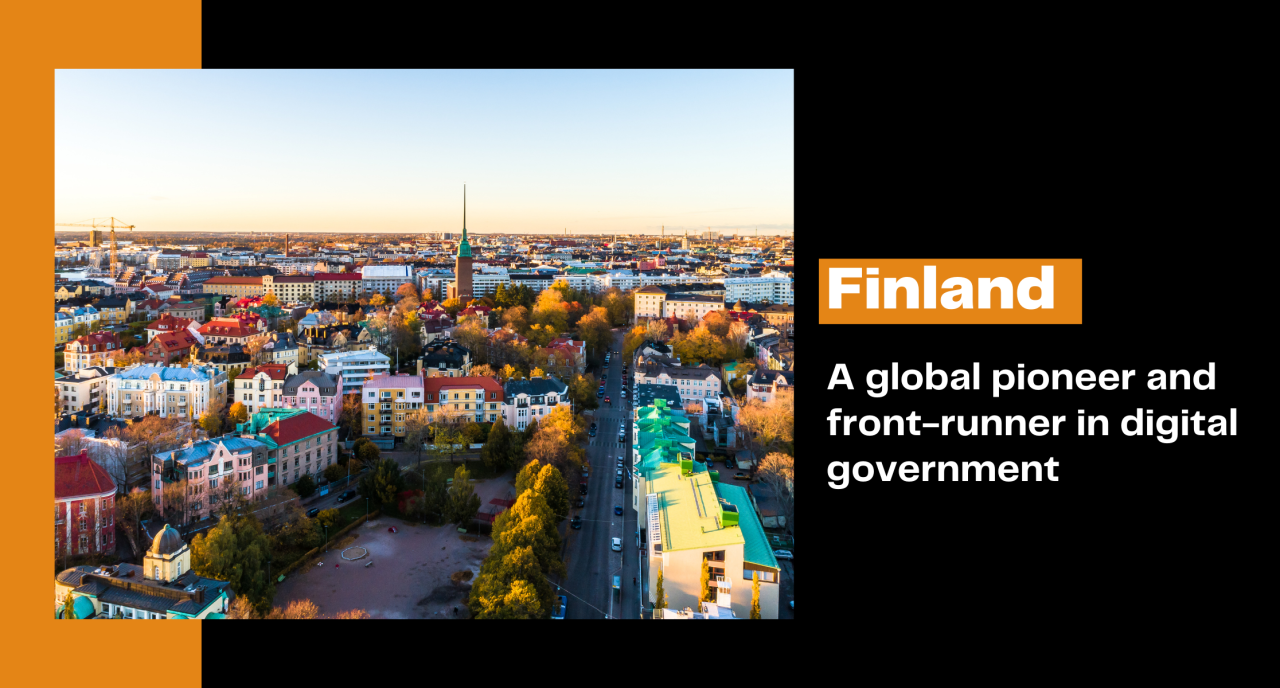Japan’s digital transformation is just beginning
Japan may be known for its bullet trains, but the country’s tech scene is quickly catching up to the rest of the world. In recent years, there has been a digital transformation in Japan — and it’s only just begun. With a population of nearly 127 million and one of the world’s largest economies by GDP, Japan is now looking to technology to improve lives and government services. The Japanese government has been working on putting digital technology directly into the hands of citizens. This will allow them to communicate with each other and the government in a seamless and integrated way. How will this digital transformation work? What’s at stake? And what makes Japan such an interesting country for digital innovation?
The Japanese Government’s Digital Transformation
The Japanese government has been researching and developing a digital transformation plan for the past several years. And in their most recent update, they came up with a plan that will allow them to communicate with their citizens more efficiently than ever before. Its decision-making process actually took a lot of effort to reach this point. An early step for Japan was to ensure that the government was already proactively using electronic communications. In the late ’90s, as iPhones became popular in the United States, electronic gadgets in Japan became more advanced.
The mobile phone was only being used for communication rather than as a “mode of personal communication”. This made Japan rethink where the next generations of technology would come from. As a result, they created an Electronic Government Paper in 2013. This paper explained how Japanese citizens could use smartphones and other electronic devices to interact with their government. This was the first step towards making the government more approachable and transparent for the people.
Using technology to increase transparency in government operations and services
The beginning of the journey to digital government in Japan began in the early 2000s. The vision was to digitize all government activities to improve efficiency, transparency and customer satisfaction. They had several objectives that needed to be met for this to be possible, including improving customer service, providing better and more accessible services and increasing productivity. The technology roadmap, which was published in 2016, outlines what steps the government took to get here.
Nowadays, the country’s Prime Minister Yoshihide Suga has pledged to make the nation’s government more open and transparent. He announced in 2020 the formation of a “Digital Agency,” which is a new entity created to help pave the way for digital transformation in Japan — in a bid to move away from paper bureaucracy.
Challenges for the future
A digital transformation can be somewhat daunting, and it’s important to know what to expect and how to overcome some of the challenges that may arise. Digital technologies change systems and influence behaviour, which fundamentally change how people, organizations, and institutions interact. The change can also create opportunities for collaboration that weren’t possible before and help the market and society as a whole.
It is increasingly becoming clear that the expansion of the information and communication technologies era and Japan’s digital transformation has perhaps been accelerated by the global pandemic. This transformation has given birth to a digital society in Japan, where companies and the government are beginning to embrace an environment of “the island of digital mind”.
However, despite its status as one of the world’s largest economies and a long history of being a leader in technological advancement, it ranked 27th in the latest IMD World Digital Competitiveness Ranking. In contrast, the small country of Estonia with limited human resources has eclipsed Japan, coming in 21st place.
The government has been trying to digitize and make the country more efficient and eco-friendly, but they’ve had their fair share of challenges. IT departments are struggling to manage the sheer number of systems and networks. And with a rapidly ageing population, the old system of recruiting civil servants is quickly becoming outdated. In order to compete globally, the government needs to modernize its legacy systems and recruit more digital-savvy staff. Moreover, the legal system is antiquated, so it’s difficult for those in the private sector to do business with the government. This means that even though the country has a proven track record in digital transformation, it still has a long way to go towards modernizing its services for the digital age.
Sources:
https://www.japan.go.jp/key_policies_of_the_suga_cabinet/digital_transformation.html
https://www.japantimes.co.jp/news/2020/09/18/national/japan-speeds-digital-agency/




